There can be your advertisement
300x150
Inclusion of Green Roofs in Urban Architecture Design
Architecture is not only about designing buildings. It also involves planning the surrounding area of a structure. But what if you have limited space around your building? In such cases, green roofs can be a solution. Whether you decide to grow an organic vegetable garden from heritage seeds so people can grow their own food, or simply want to plant a flower garden for relaxation after a tough workday, there are many reasons why you might consider incorporating green roofs into your urban architecture design.
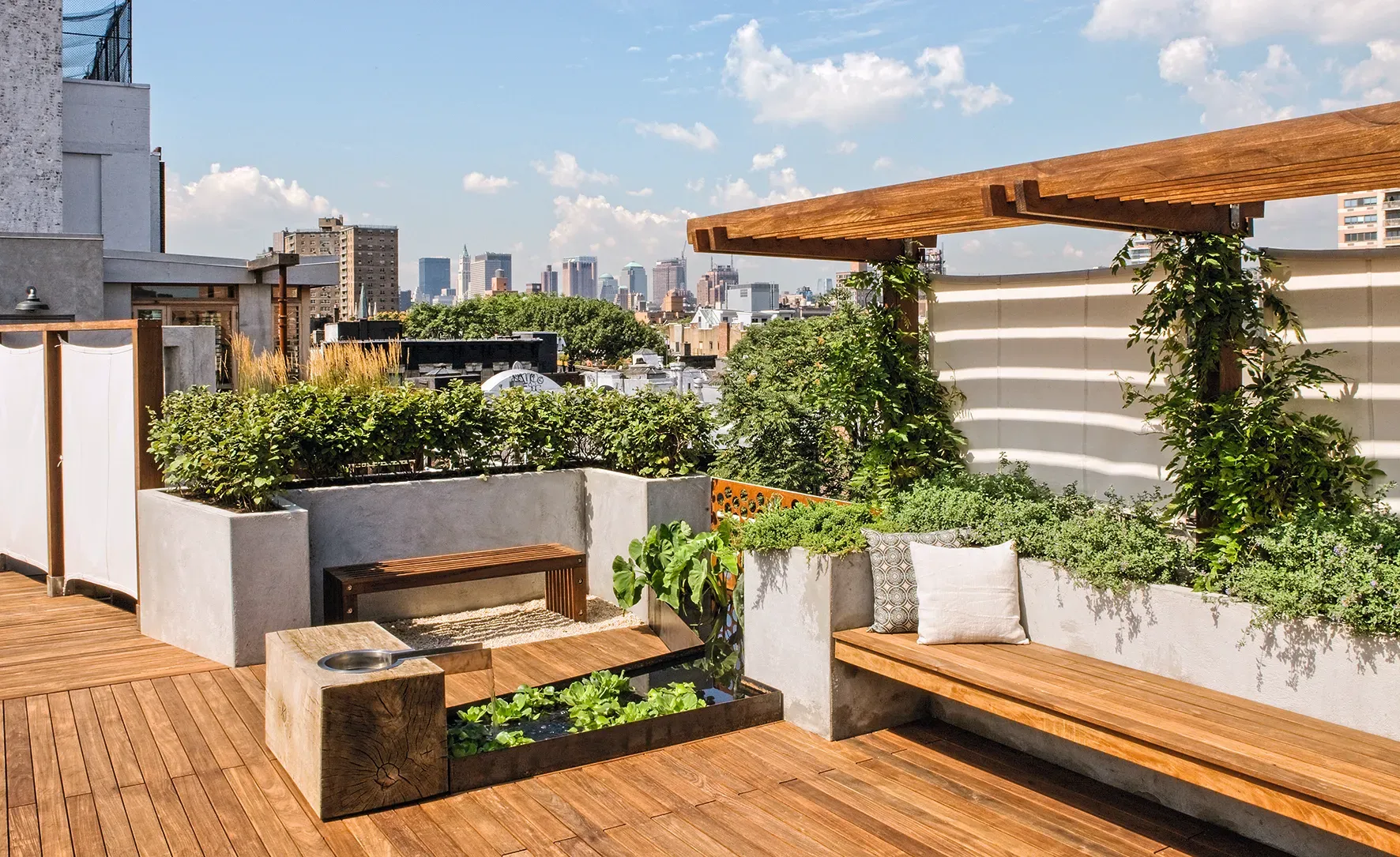
Connection with Nature
In cities where land is expensive, green roofs can serve as a refuge from urban hustle and bustle without leaving the city itself. If the garden is on the roof of an office building, employees who can take a break or have lunch in a natural setting are more likely to feel more relaxed when returning to work. This can increase productivity and job satisfaction among staff members. In fact, several studies have shown that regular contact with nature not only improves people's overall sense of well-being but also promotes a healthier lifestyle.
Improving Air Quality
Green roofs can play a significant role in reducing air pollution through photosynthesis and settling processes. Additionally, they help combat greenhouse gases by decreasing the spread of dust and smog in urban areas. Of course, one green roof alone won't solve the city's pollution problem, but if more buildings become green on their rooftops, it will lead to a noticeable positive impact on air quality in the area. By being the first green roof in your city, your building can start a trend that helps residents breathe easier.
Water Retention
Rainwater is a valuable resource that often goes to waste because buildings have nothing on their roofs for water collection. Green roofs immediately use rainwater, making the most effective use of this gift from nature. Moreover, some green roof projects can store excess rainwater for future use, which is especially important for buildings in hot and dry climates. In summer, green roofs can retain up to 80% of rainwater. Even in winter, they can hold up to 40% of precipitation, allowing water usage before it evaporates.
Energy Efficiency
Perhaps one of the best advantages of green roofs for urban buildings is their energy efficiency. Green roofs provide natural insulation, so the structure stays cooler in summer and warmer in winter, reducing the need for air conditioning during hot months and heating during cold ones. This leads to lower energy costs for residents or building owners, depending on who pays the bills.
Conclusion
Space shortage has become a serious issue in many cities, and green roofs offer a solution for incorporating green zones into architectural design. The numerous benefits of green roofs will enhance living and working conditions for everyone connected with the building.
More articles:
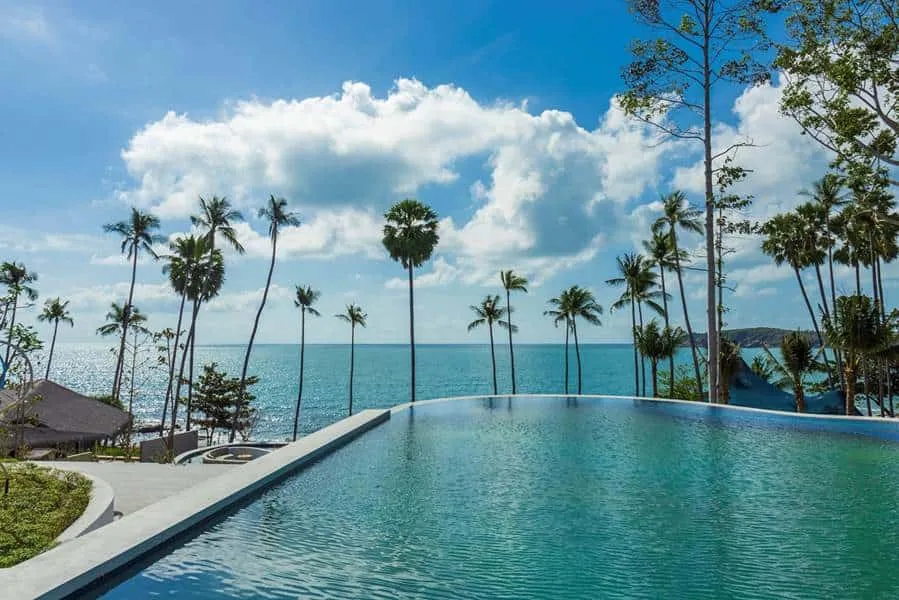 Hyatt Regency Koh Samui Inspires Recovery on Thai Island Koh Samui
Hyatt Regency Koh Samui Inspires Recovery on Thai Island Koh Samui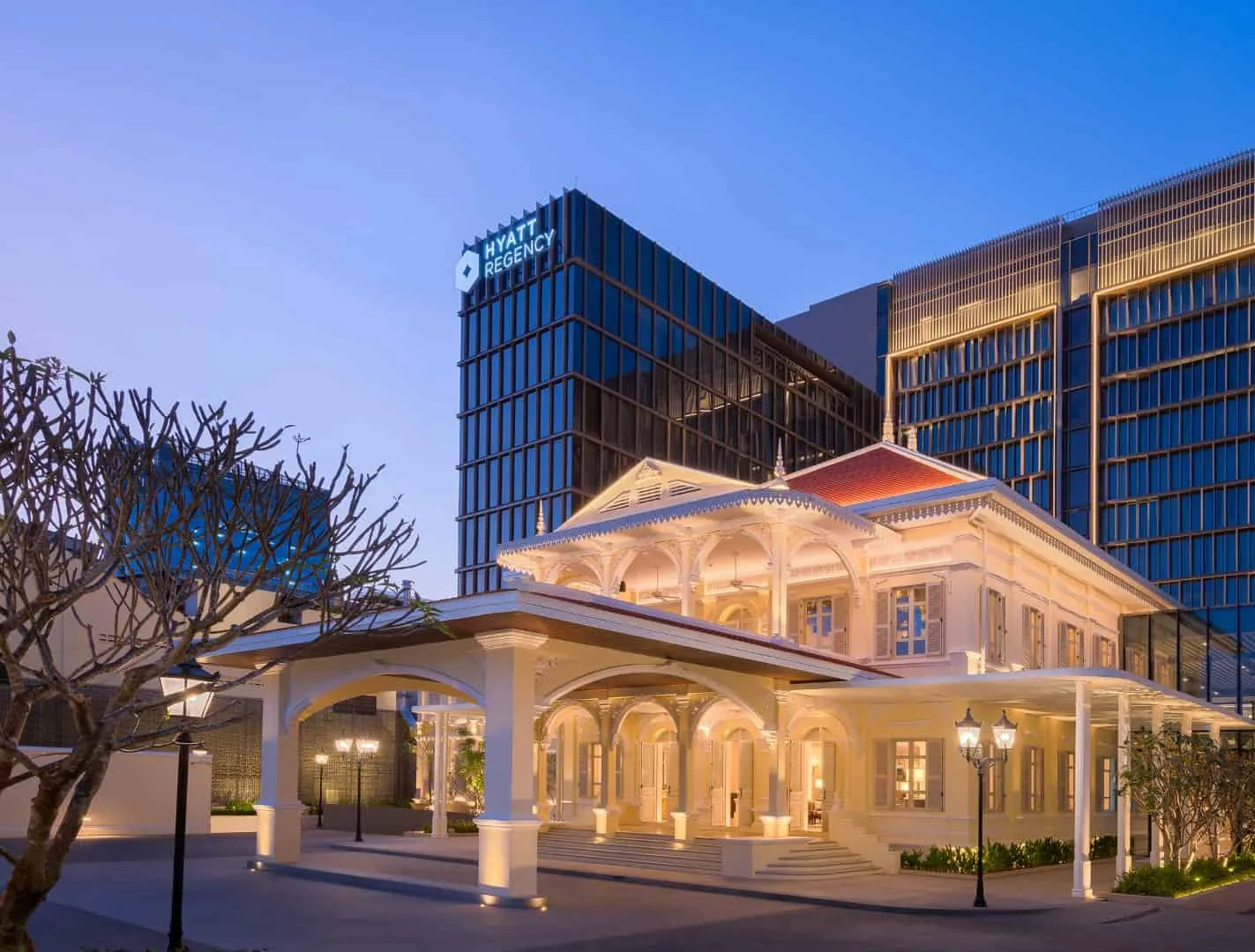 Hyatt Regency Phnom Penh Ready to Play a Role in the Post-Pandemic Revival of the City
Hyatt Regency Phnom Penh Ready to Play a Role in the Post-Pandemic Revival of the City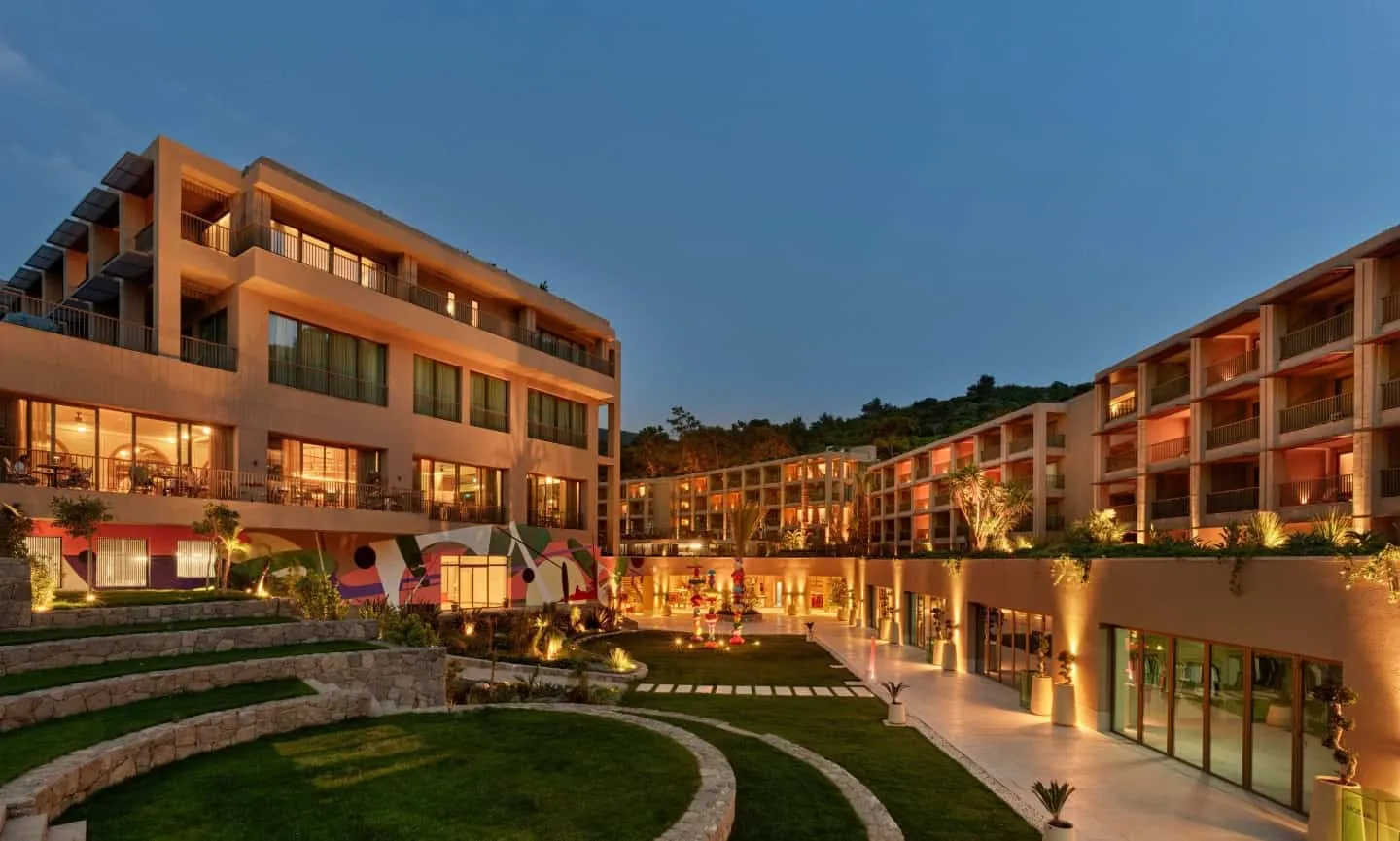 HYDE Hotel Bodrum by Architectural and Interior Design of Yesim Kozanly
HYDE Hotel Bodrum by Architectural and Interior Design of Yesim Kozanly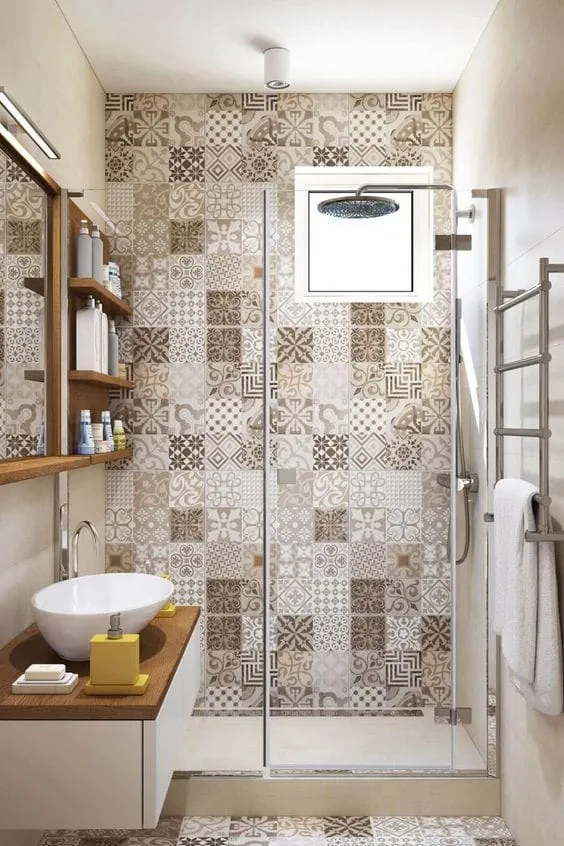 Hydraulic Tiles: A Universal Solution for Enhancing Home Interior
Hydraulic Tiles: A Universal Solution for Enhancing Home Interior Hydraulic Floor — Reasons Why It Remains a Trend
Hydraulic Floor — Reasons Why It Remains a Trend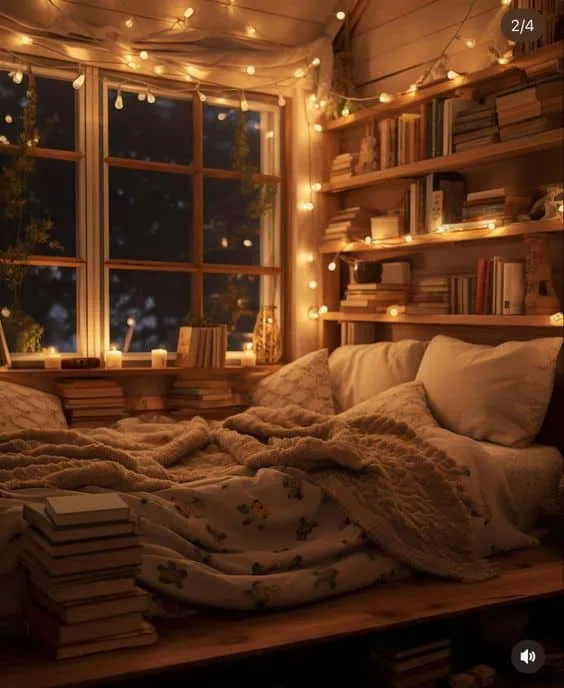 Gigg Ideas for a Peaceful Bedroom Retreat
Gigg Ideas for a Peaceful Bedroom Retreat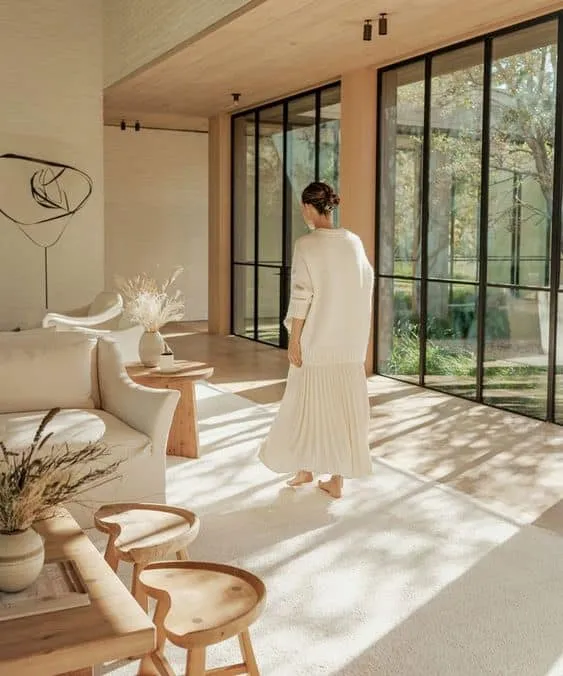 Create Coziness at Home with Nordic Design Ideas for a Warm and Inviting Atmosphere
Create Coziness at Home with Nordic Design Ideas for a Warm and Inviting Atmosphere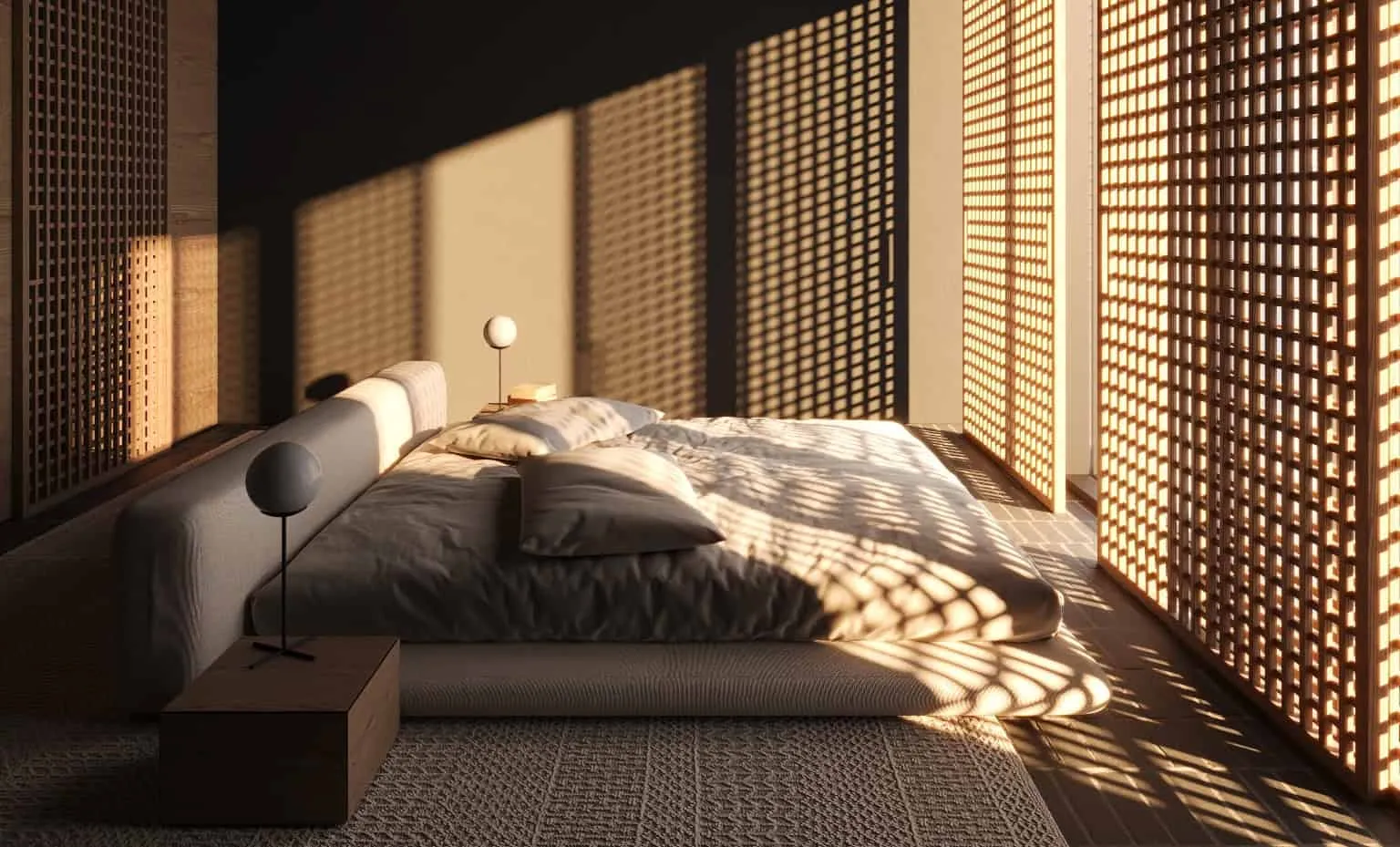 IA1H Housing in Argentina: Redefining Accessibility and Modern Elegance by Igor Sirotov
IA1H Housing in Argentina: Redefining Accessibility and Modern Elegance by Igor Sirotov